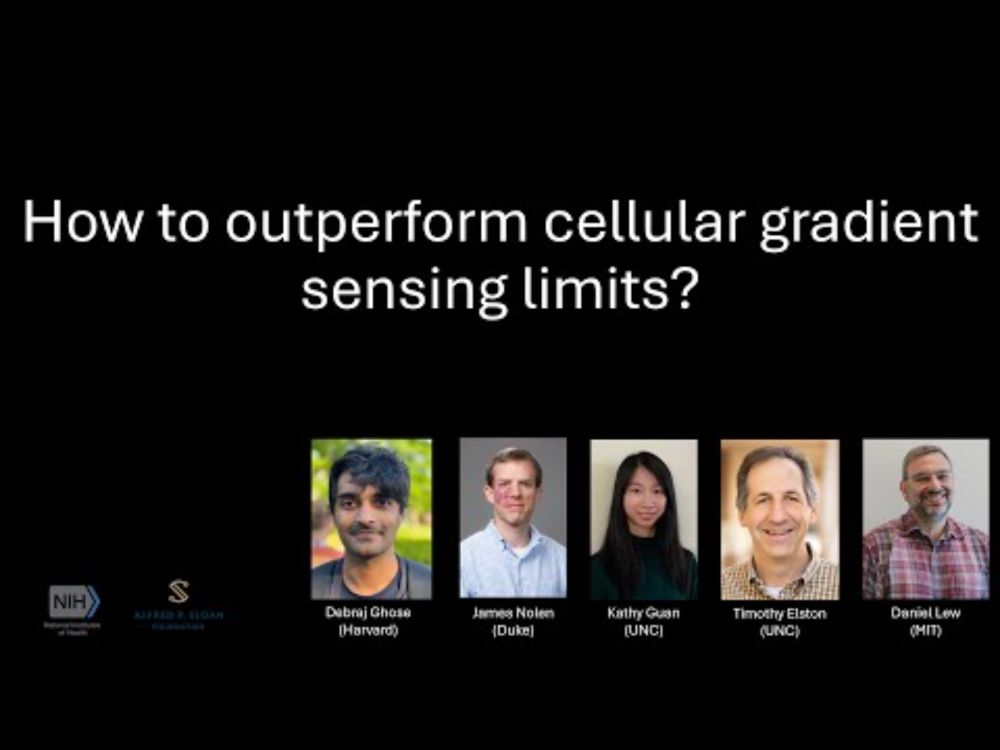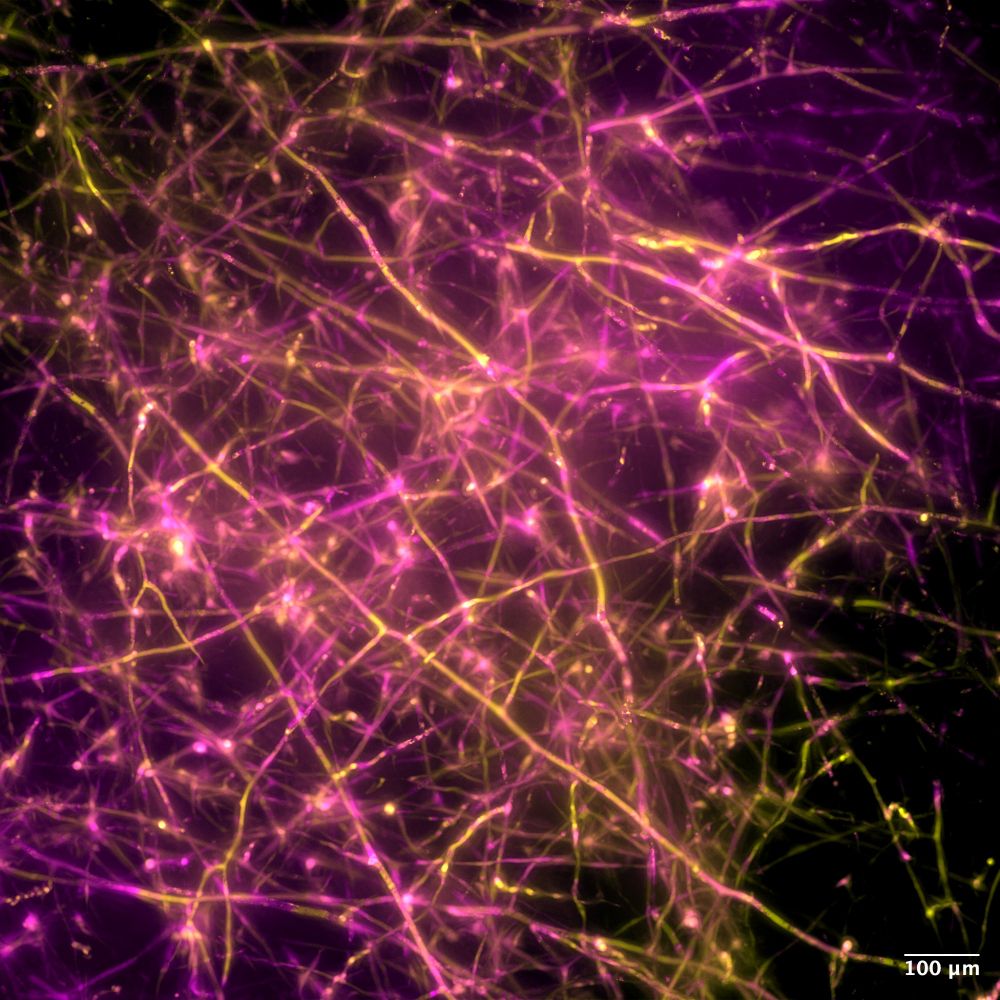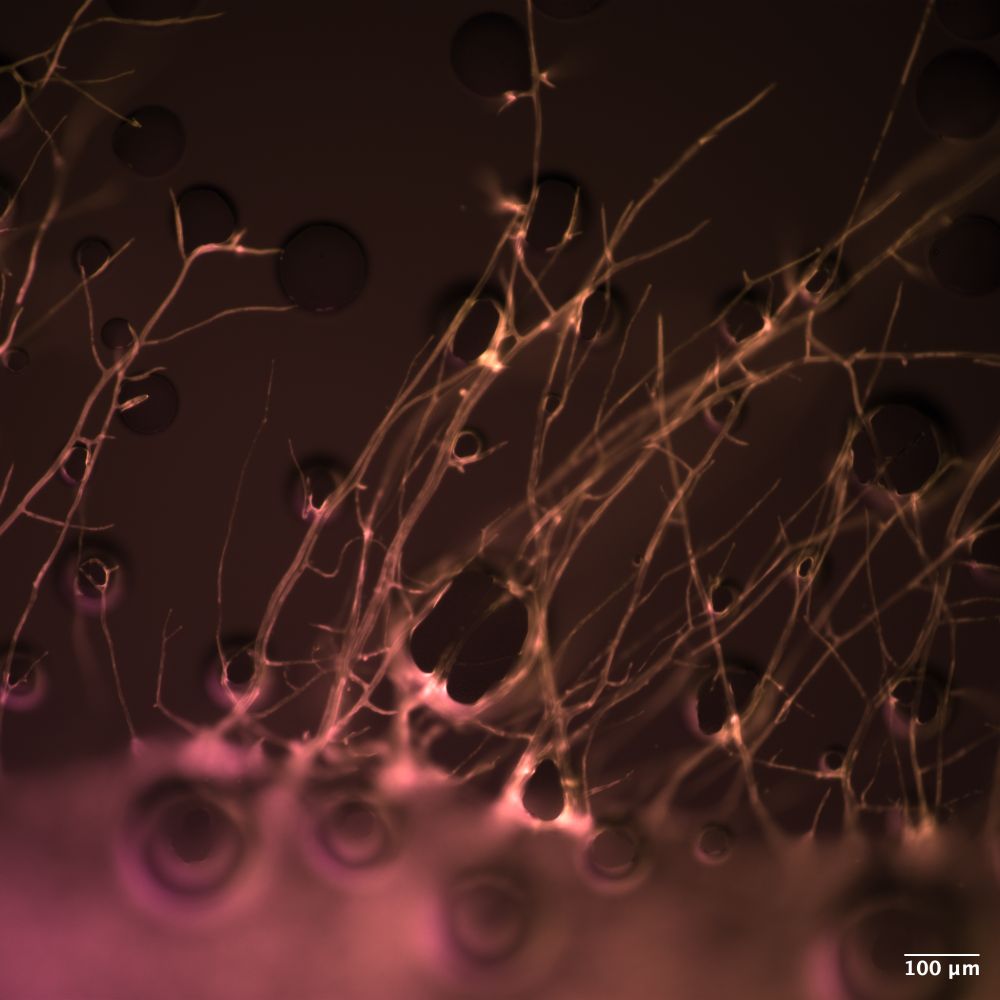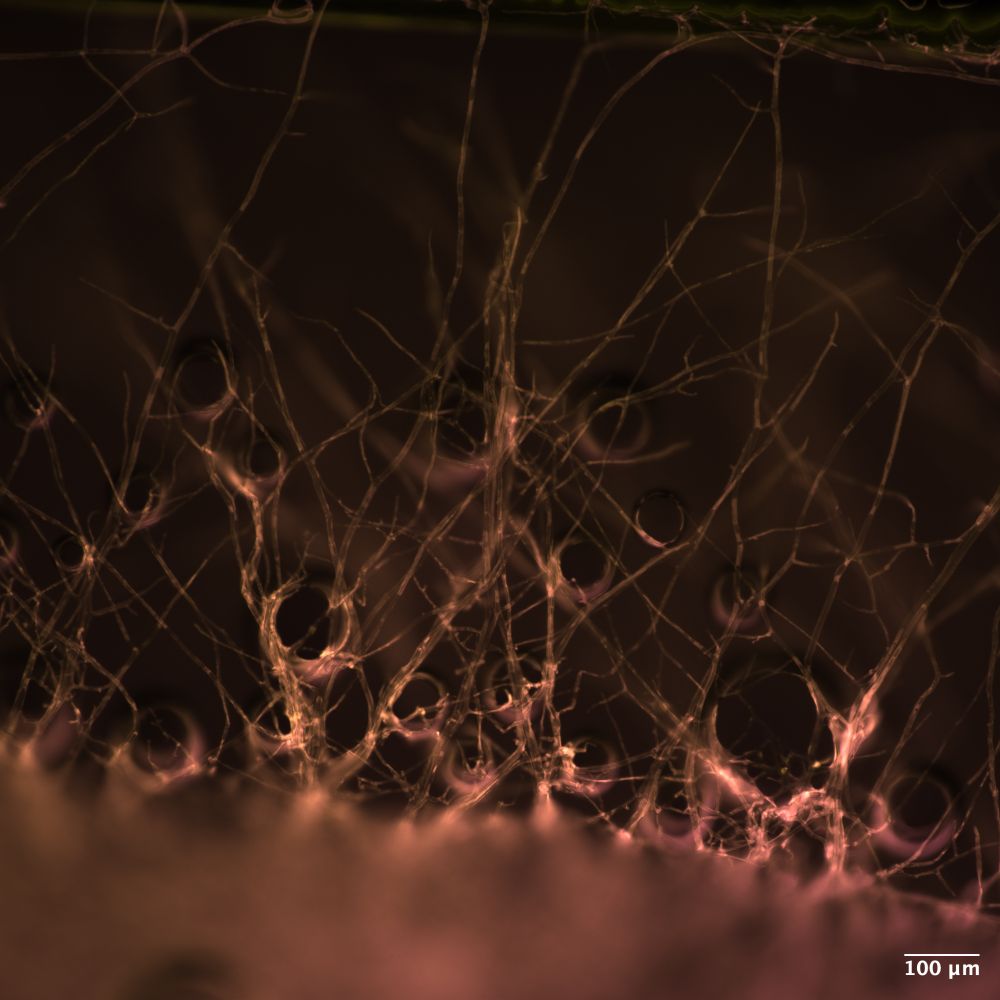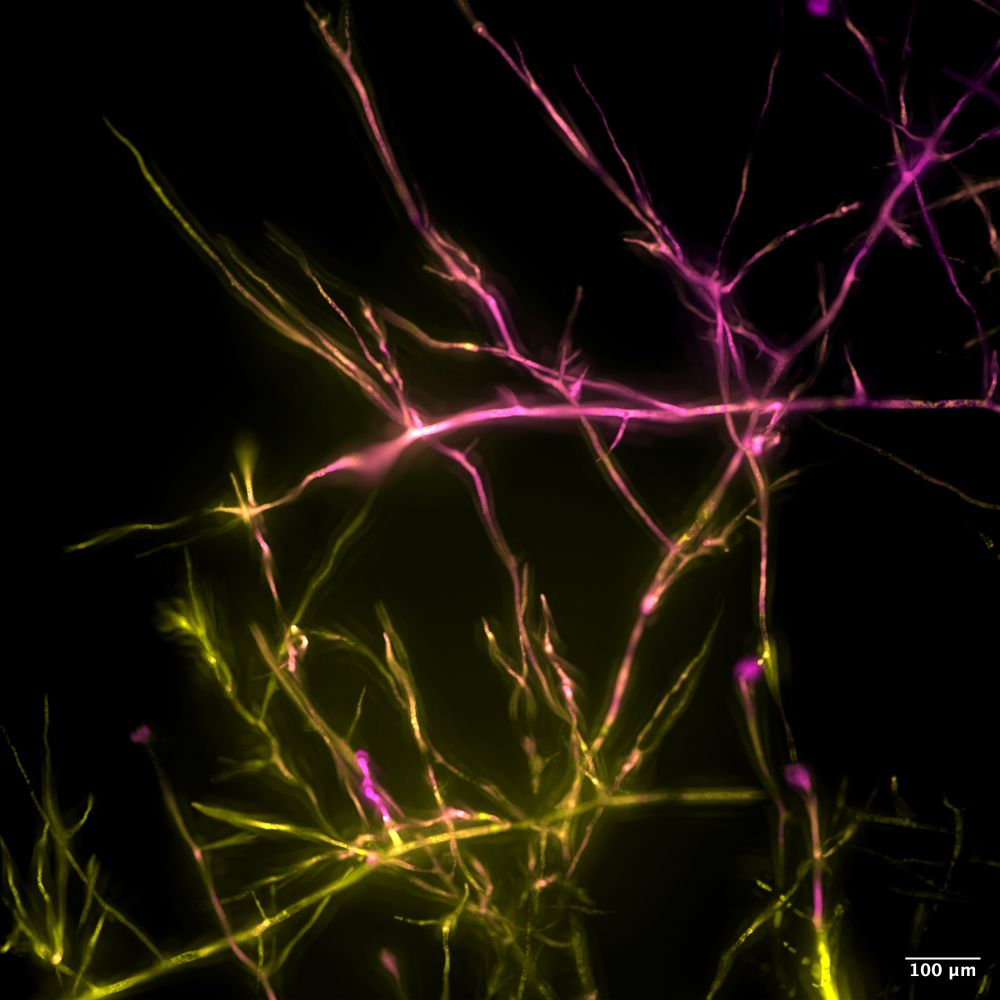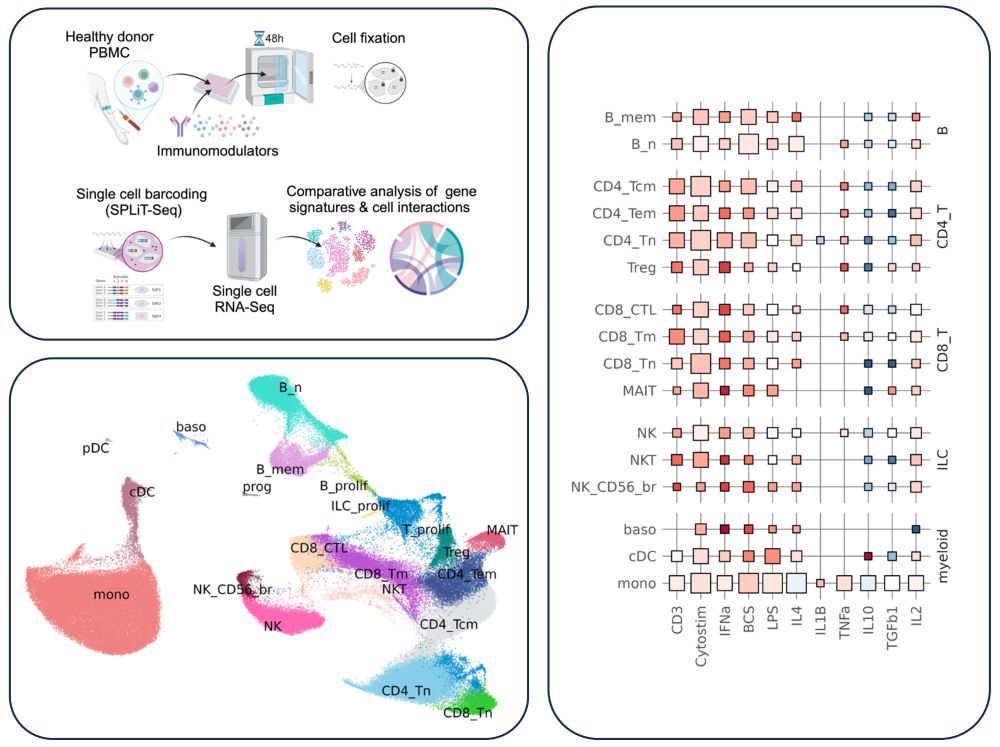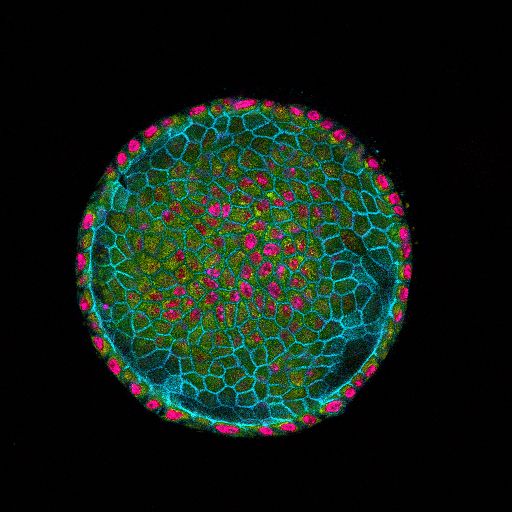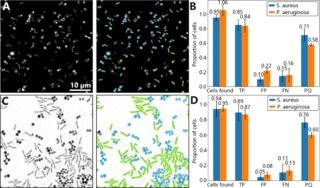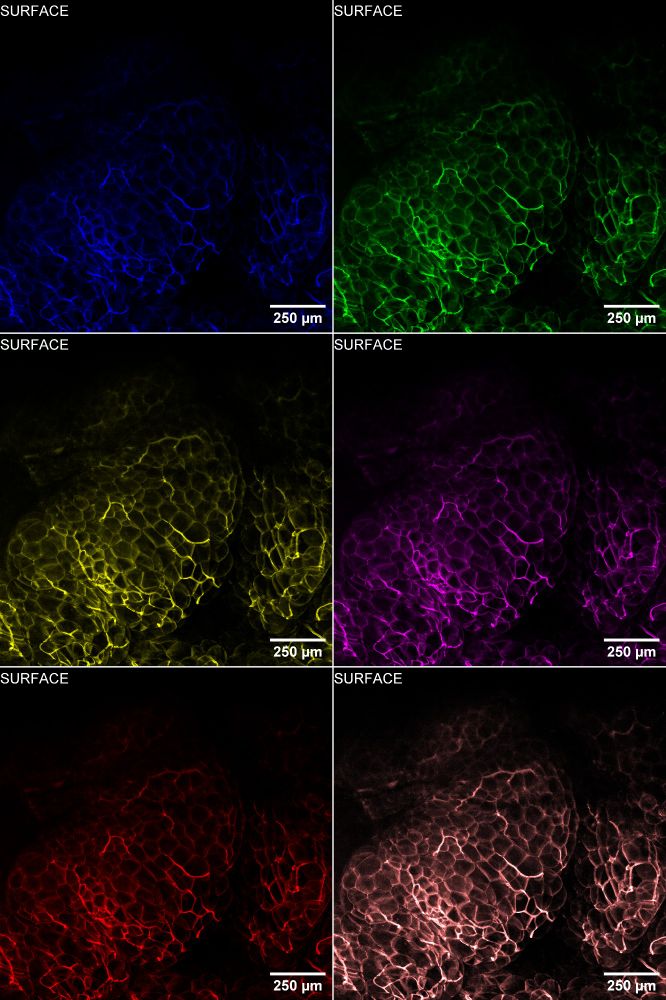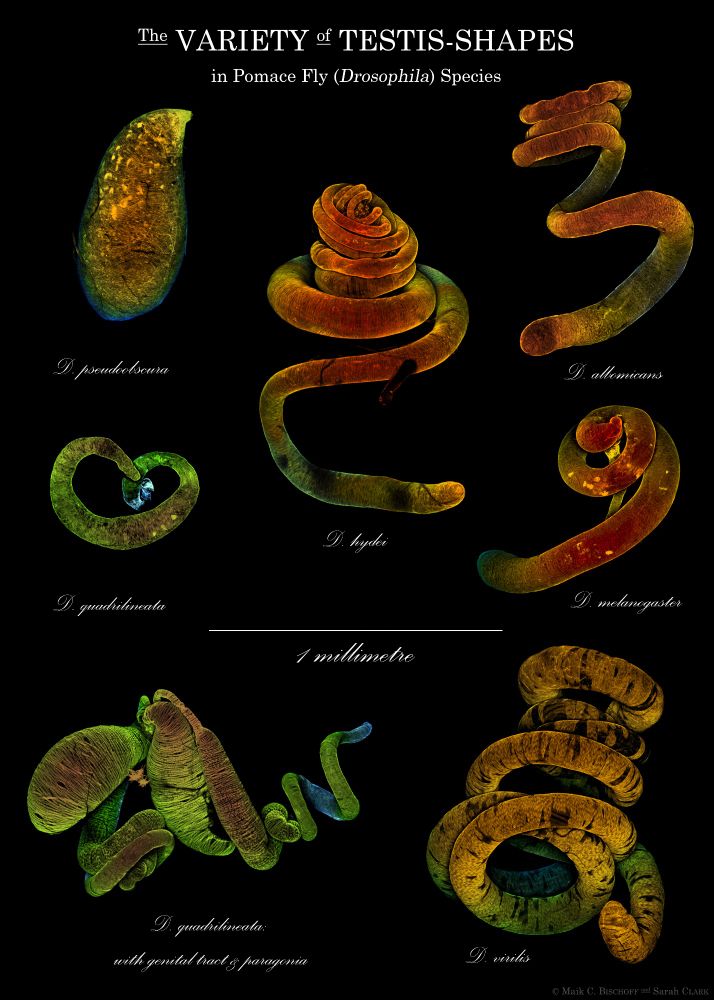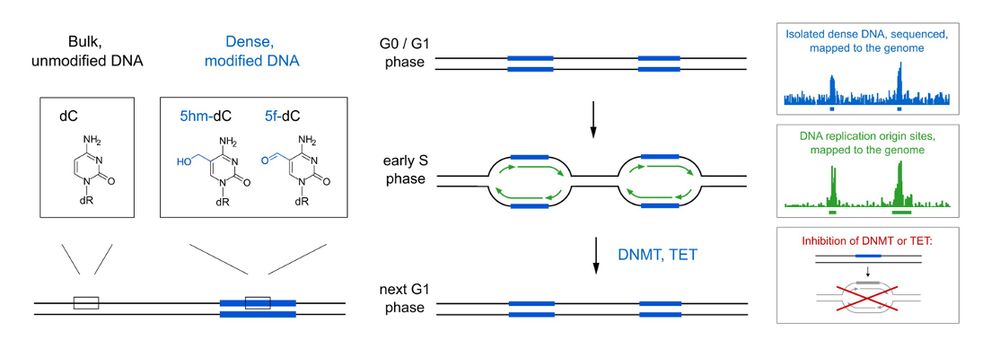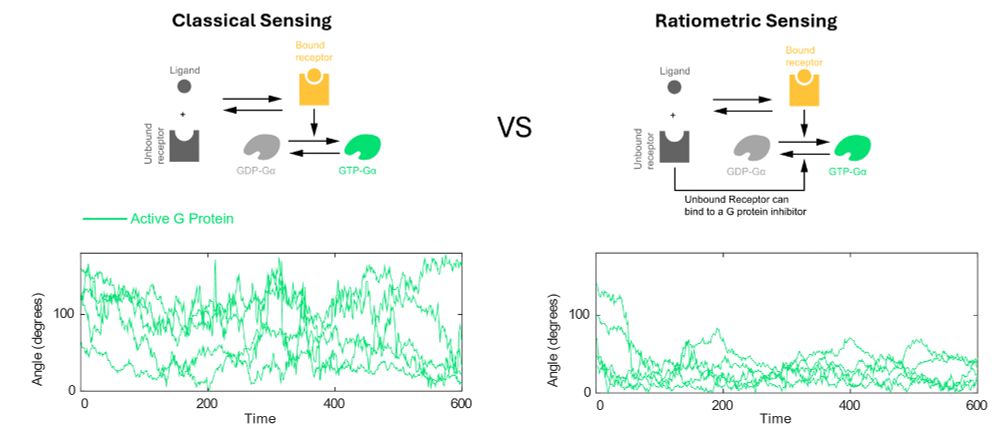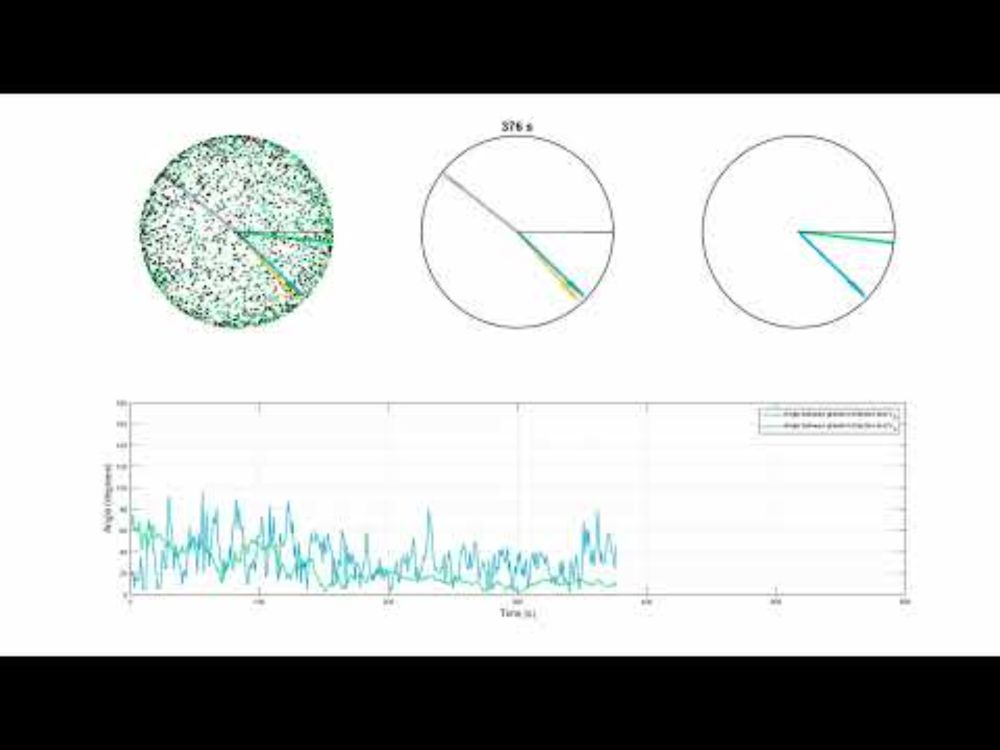Debraj Ghose
@debrajghose.bsky.social
840 followers
3.7K following
17 posts
I study how lymphocytes self-organize into multicellular structures. Also interested in how cells sense and respond to chemical gradients. Currently: Wyss Institute at Harvard. Previously: Comp Bio at Duke. debrajghose.com
Posts
Media
Videos
Starter Packs
Reposted by Debraj Ghose
Debraj Ghose
@debrajghose.bsky.social
· Jul 19
Reposted by Debraj Ghose
Reposted by Debraj Ghose
Reposted by Debraj Ghose
Reposted by Debraj Ghose
Reposted by Debraj Ghose
Reposted by Debraj Ghose
Reposted by Debraj Ghose
Debraj Ghose
@debrajghose.bsky.social
· Jun 3
Reposted by Debraj Ghose
Reposted by Debraj Ghose
Reposted by Debraj Ghose
Reposted by Debraj Ghose
Reposted by Debraj Ghose
Debraj Ghose
@debrajghose.bsky.social
· May 5
Debraj Ghose
@debrajghose.bsky.social
· May 5
Debraj Ghose
@debrajghose.bsky.social
· May 5
Debraj Ghose
@debrajghose.bsky.social
· May 5
